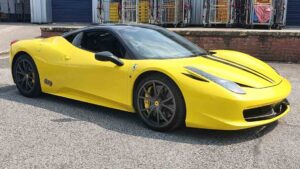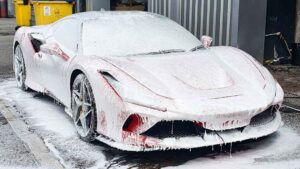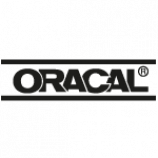It is a film that is OEM (original equipment manufacturer) approved by virtually all car manufacturers. It is often known as a self-healing film that is applied to painted surfaces. It is a clear and almost invisible film that is applied to the exterior parts of a vehicle.
Paint protection film is a thermoplastic urethane that also goes by the name of:
- PPF
- Clear Bra
- Car Bra
- Clear Film
- Clear Paint Film
- Helicopter Tape
- Rhino Leather
- Invisible Car Cover

How long has PPF been around?
The first development and use of the film were through the U.S. military in the mid-19th century.
During the Vietnam War, the US military asked 3M to come up with a solution to help protect military transports. The solution was to apply a protective film on the section of the vehicles that were often damaged by flying shrapnel and debris.
The film would be applied to helicopter rotor blades and other sensitive parts. This meant that thanks to the inconspicuous and low weight of the film it meant there was a greater advantage of replaceable film over the replacement and repair of damaged rotor blades. Thus helping to protect moving parts and help lower the cost of replacing any damaged sections.

When did it start being used for civil transport?
In the 1960s Bill Colgan of Colgan Car Bras was approached by a group of Lockheed engineers. To protect the front ends of Porsche 356 models during road testing. Originally a bedraggled cloth was used to protect the front of the cars during testing.
During the mid-70s, Colgan became the go-to place for the precision of craftsmanship and the benchmark in quality and design in making the Car Bras for a select few cars.
Through the ’80s in the field of professional racing, teams started to use transparent protective film to help prevent the body from being scratched and damaged.
By the ‘90s, companies had begun offering clear bra films to the average consumer of luxury cars.
It was until 2009, that a TPU (Thermoplastic polyurethane) car paint protective film was officially born and the innovations became more abundant.

What does PPF do for cars?
For a new or used car, the PPF is a great way to protect the paint from stone chips, bug splatters, and minor abrasions. This film is also used on aeroplanes, RVs, cell phones, electronics, screens, motorcycles and many other areas.

References
The evolutionary history of invisible car clothing: from military to civilian, from PVC to TPU
The History of 3M Paint Protection Film (Clear Bra)
Request a free quote
If you are looking to have PPF added to your vehicle, don’t hesitate to get in touch and request a free quote as our sales team will be happy to help!












